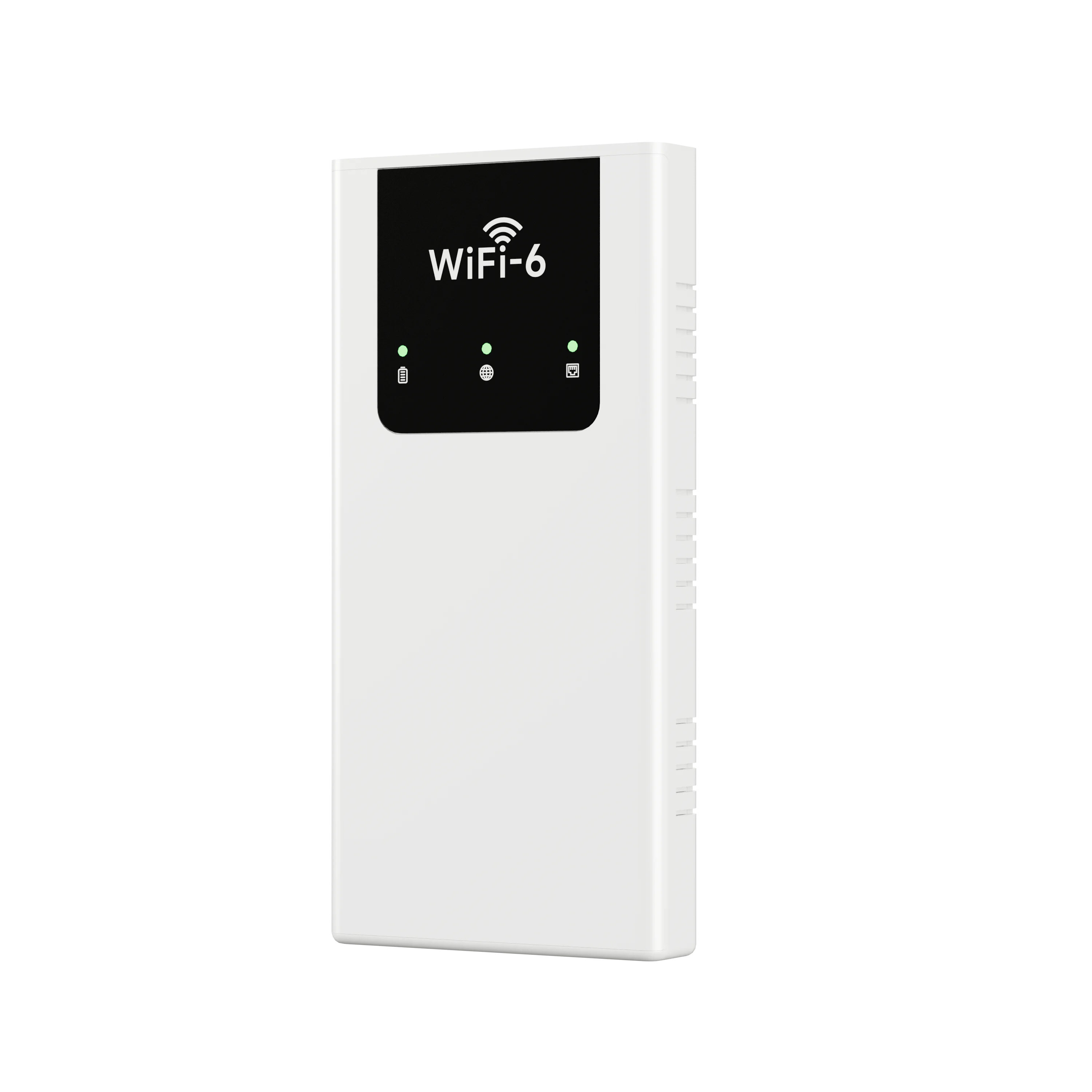The Ultimate Guide to Understanding the Number of Devices in a Computer

http://dl.dropbox.com/s/411sgflctjdsm6b/Mob_s.jpg
As technology continues to advance, the number of devices in a computer has increased significantly. From the early days of computing, where a computer was just a single device, to the modern-day computer, which is made up of multiple devices, it can be challenging to keep up with the changes.
So, how many devices are there in a computer? The answer is not straightforward, as it depends on the type of computer and its intended use. However, in general, a computer can be broken down into the following devices:
- Central Processing Unit (CPU): This is the brain of the computer, responsible for executing instructions and performing calculations.
- Random Access Memory (RAM): This is the computer's short-term memory, where data is stored temporarily while the computer is running.
- Hard Disk Drive (HDD) or Solid State Drive (SSD): This is the computer's long-term memory, where data is stored permanently.
- Graphics Processing Unit (GPU): This is responsible for rendering images and videos on the computer's screen.
- Input Devices: These include the keyboard, mouse, and other devices used to input data into the computer.
- Output Devices: These include the monitor, speakers, and other devices used to display or output data from the computer.
- Network Interface Card (NIC): This is responsible for connecting the computer to a network, such as the internet.
- Power Supply Unit (PSU): This is responsible for providing power to the computer's components.
In addition to these devices, there are also various peripherals that can be connected to a computer, such as printers, scanners, and external hard drives.
It's worth noting that the number of devices in a computer can vary depending on the intended use. For example, a gaming computer may have a more powerful GPU, while a server may have multiple NICs for better network connectivity.
In conclusion, understanding the number of devices in a computer is essential for anyone interested in technology. By knowing the different components that make up a computer, you can better understand how it works and make informed decisions when purchasing or upgrading your computer.
